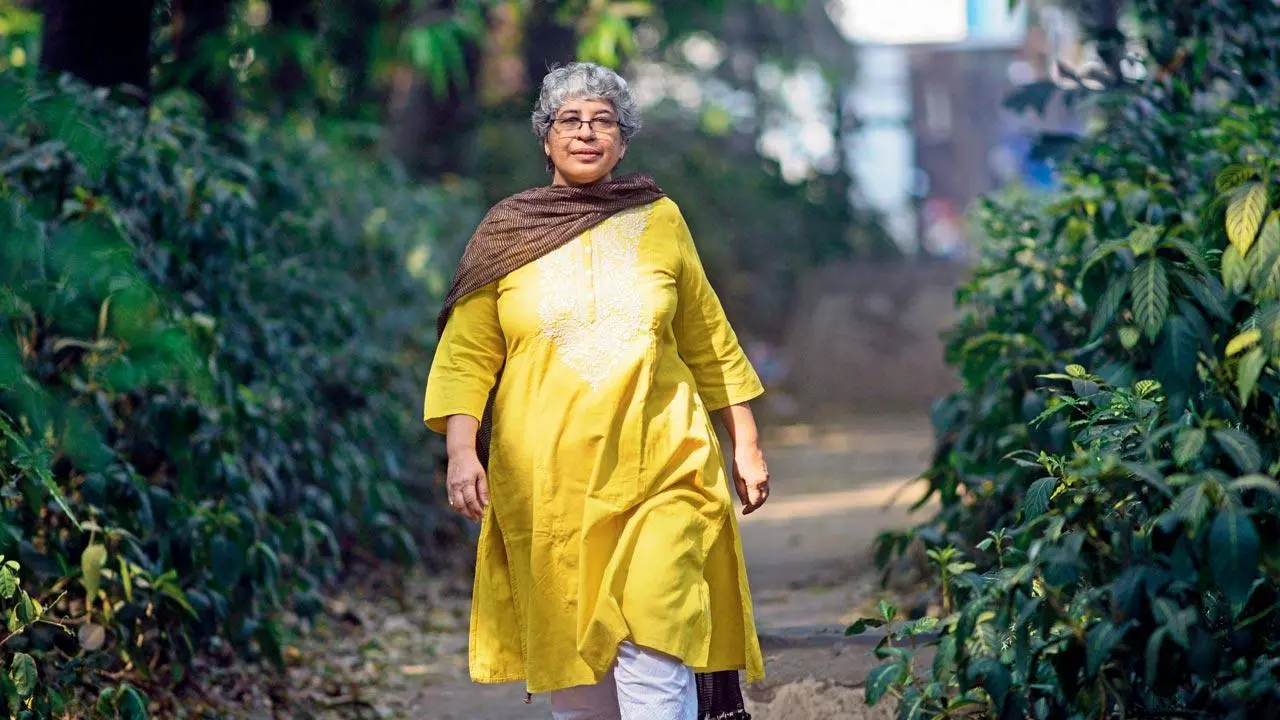Home / Sunday-mid-day / / Article /
Why violence against women isn't just about gender, but class and caste
Updated On: 14 March, 2023 04:06 PM IST | Mumbai | Jane Borges
As a prelude to International Women’s Day, we speak to two human rights activists and an academician demanding action on violence against women, which they say is not just a problem of gender, but class and caste
Listen to this article :

Pic/Pradeep Dhivar
‘Our data needs to show who is killing women from womb to tomb’
Nishi Mitra vom Berg
Professor, Centre for Study of Developing Societies, School of Development Studies at TISS




